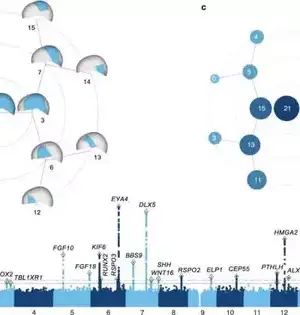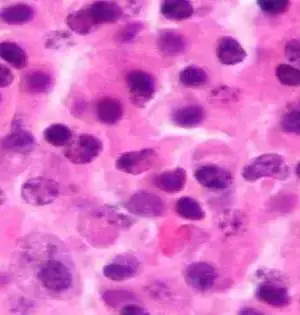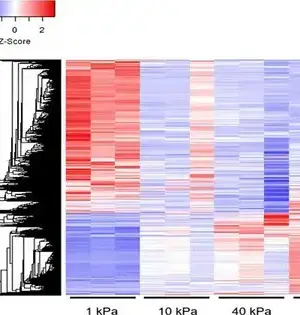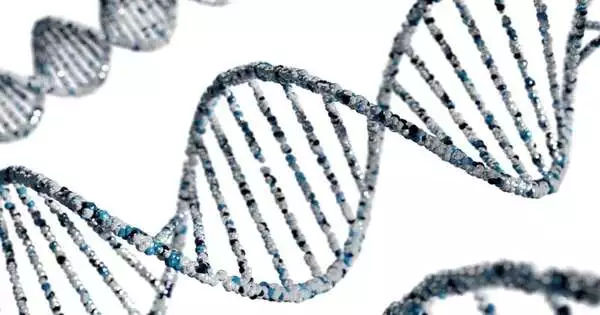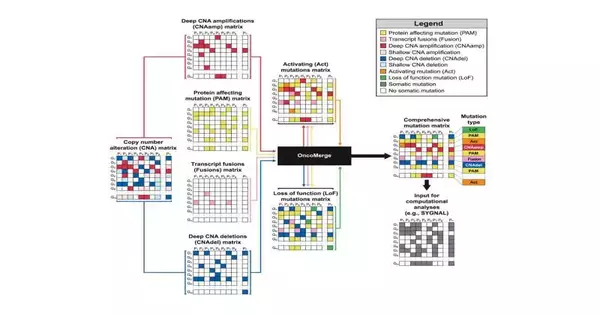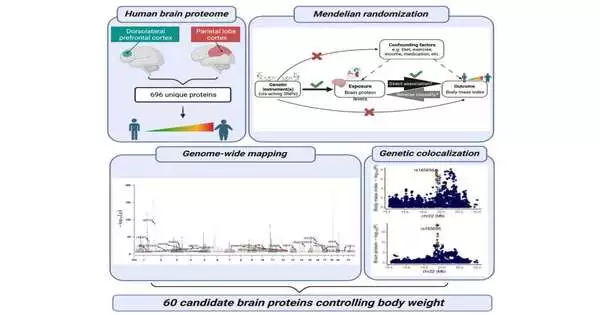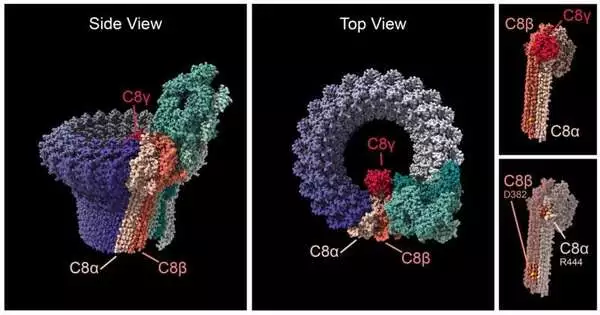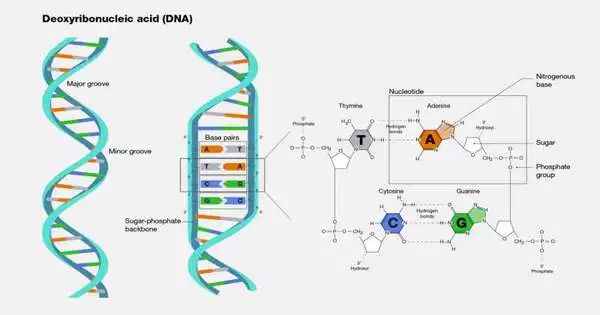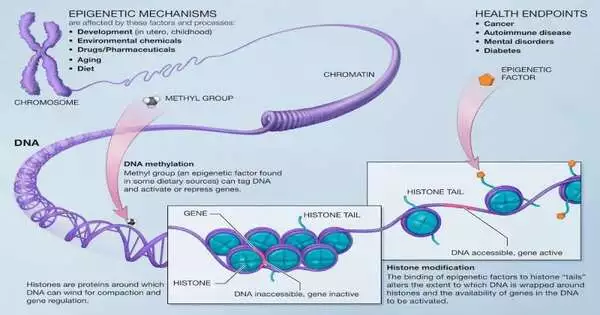A novel method for detecting genetic mutations within individual DNA molecules has been developed by a group of researchers from Harvard, the Broad Institute, MIT, and other institutions. Concatenating Original Duplex for Error Correction (CODEC) is a method that increases the accuracy of next-generation sequencing by about 1,000 times and opens the door to a wide range of applications at a relatively low cost, such as finding mutations that cause rare diseases, monitoring cancer during and after treatment, and detecting a small number of cancer mutations in blood samples. Today, the study was published in Nature Genetics. "The magnificence of
Genetics
Alexander Bick, MD, PhD, co-leads a group of international biomedical researchers. Researchers at Vanderbilt University Medical Center have developed a new method to gauge the growth rate of blood stem cell precancerous clones that one day may assist physicians in reducing the risk of blood cancer in their patients. An activating gene that promotes clonal expansion was discovered thanks to the PACER technique. The results, which were reported in the journal Nature, imply that TCL1A-targeting medications may be able to prevent cancer clonal growth and its related symptoms. "We believe that TCL1A is a new significant drug target for preventing
The discovery of a root anatomy gene has the potential to significantly enhance the resilience of corn crops. The gene, known as ZmCIPK15, is responsible for regulating the growth of corn roots and determining their structure. This discovery could lead to the development of new corn varieties that are better able to withstand drought, heat, and other environmental stresses. According to a Penn State-led team of international researchers, a new discovery reported in a global study spanning more than a decade of research could lead to the breeding of corn crops that can withstand drought and low-nitrogen soil conditions, ultimately
Arachnoid cysts (ACs), which are small, fluid-filled sacs inside the arachnoid membrane, one of three layers protecting the brain and spinal cord, are frequently an incidental finding on brain scans looking for trauma or other neurological conditions. They frequently don't result in noticeable symptoms, but when they do, patients frequently report headaches, seizures, developmental delays, and other frequently ambiguous neurological symptoms. Despite the fact that ACs are the most prevalent type of intracranial brain cyst, previous research has not uncovered the biological mechanisms that cause them to form or why some are symptomatic while others appear benign. In the end,
Healthy eating and exercise are examples of lifestyle choices that can have a significant impact on one's overall health. However, a person's genetic makeup predominately determines their risk of developing cancer. For the purpose of creating new cells, our bodies replicate our genes constantly. The phenomenon geneticists refer to as mutation occurs when there are sporadic errors in those copies. Some of these errors can change how a gene is copied, alter proteins, fuse genes, and affect how much a gene is expressed, all of which can affect a person's risk of getting cancer. By creating predictive models for tumor
The variation in body mass index, or BMI, in the population may be accounted for to a degree of up to 50%–75% by genetic factors. An Université Laval and Quebec Heart and Lung Institute Research Center research team has discovered 60 distinct proteins expressed in the brain that may be important regulators of body weight by examining the genomes of more than 800,000 people of European descent. The relationship between the genetic regions linked to body weight and the proteins expressed in the brain was investigated in this study. " Previous research revealed that hundreds of genetic regions affect body
Rare genetic variations may be associated with one of the general mechanisms underlying age-related macular degeneration (AMD), a common cause of vision loss in older adults, according to a study from the National Eye Institute (NEI). The variations produce abnormal proteins that change the stability of the membrane attack complex (MAC), which could lead to a long-lasting inflammatory response in the retina. The research, which was published in the journal iScience, suggests that MAC may be a useful therapeutic target to delay or stop the progression of AMD. A portion of the National Institutes of Health is NEI. Although there
A simple and inexpensive computational tool can track the spread of antibiotic resistance over time.
Global healthcare is facing a significant challenge in the form of antibiotic resistance. A new approach to tracking the evolution of antimicrobial resistance genes across bacterial populations over time is presented in an article published in the journal Antibiotics. The rapidly expanding availability of bacterial genetic sequences in public databases like GenBank is the foundation of the new computational strategy. Ivan Erill, senior author of the study and professor of biological sciences at UMBC, says, "Our idea is that this could be used as a monitoring system." It's great for research that aims to learn more about what happens in
A worldwide group of scientists from MacCallum Disease Center in Melbourne, Australia, inspected 391 growth tissues from around 270 multisite dissection tests gathered from 15 people with end-stage high-grade serous ovarian disease (HGSD). All of the post-mortem examination tests came from patients who had at first responded to their disease treatment treatments but had become impervious to them in a backslide. The examination utilized entire genome sequencing, designated quality sequencing, RNA-seq, proteomics, methylation, and multicolor immunofluorescence to varying degrees across the gathered examples. Analysts searched for variety inside and between metastatic locales, zeroing in on the quantity of obstruction systems
Could we at any point fairly tell how quickly we are maturing? With a decent measure, researchers could possibly change our pace of maturing to carry on with longer and better lives. Specialists realize that certain individuals age quicker than others and have been attempting to compactly quantify the inside physiological changes that lead to crumbling wellbeing with age. For a really long time, specialists have been utilizing clinical factors typically gathered at physicals, similar to hypertension, cholesterol, and weight, as pointers to anticipate maturing. The idea was that these actions could determine whether someone is a quick or slow


